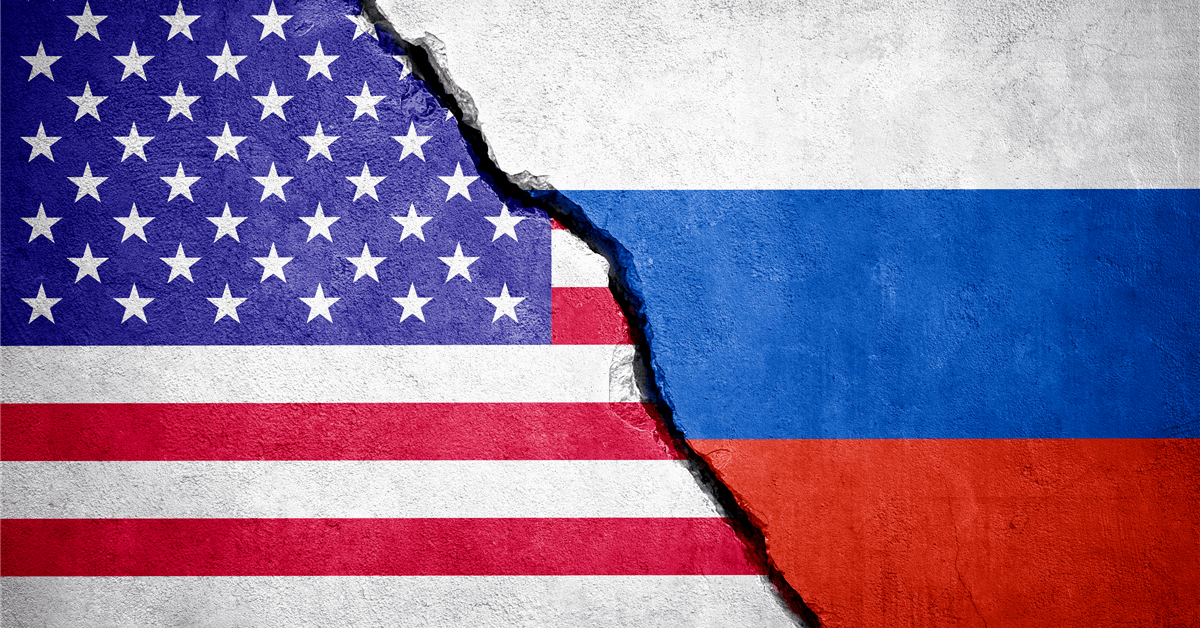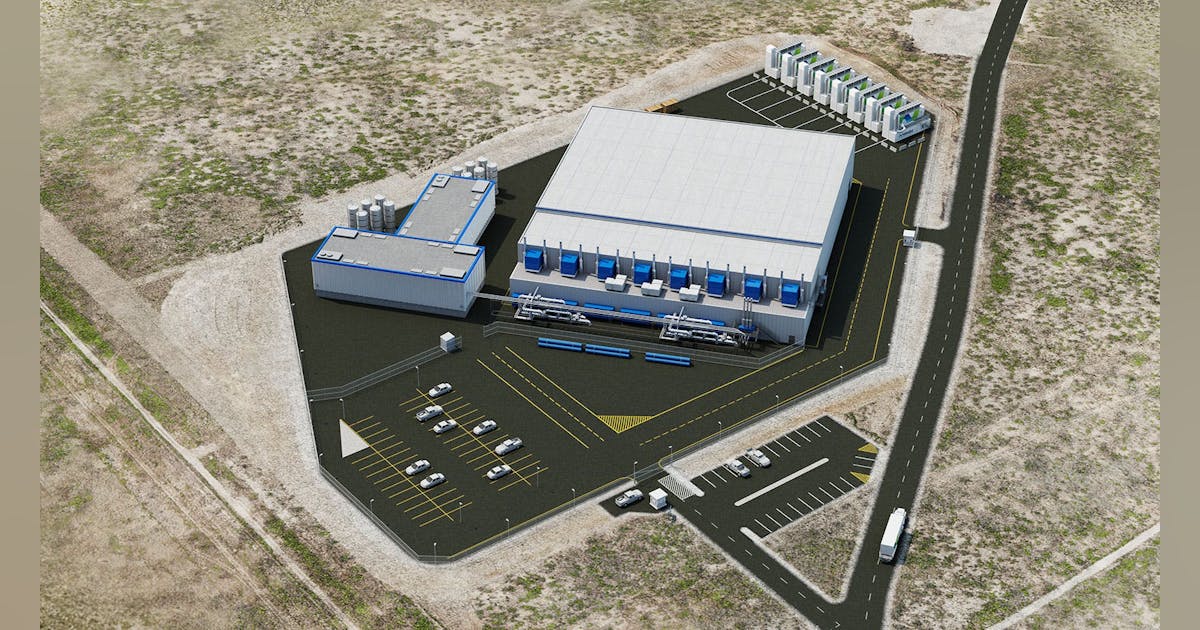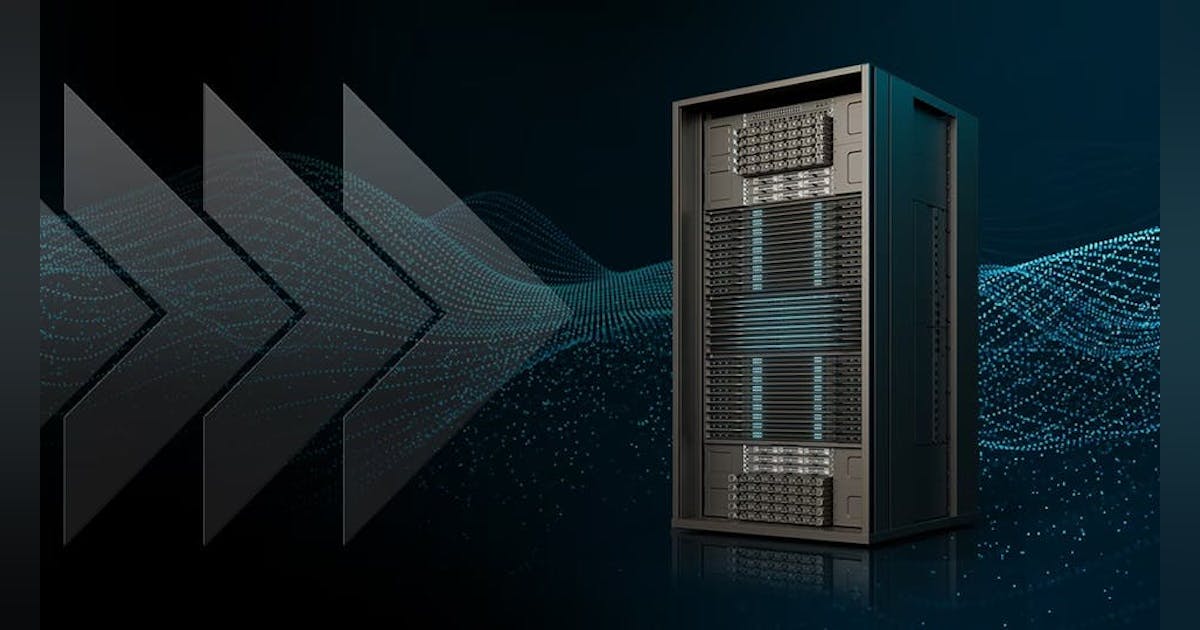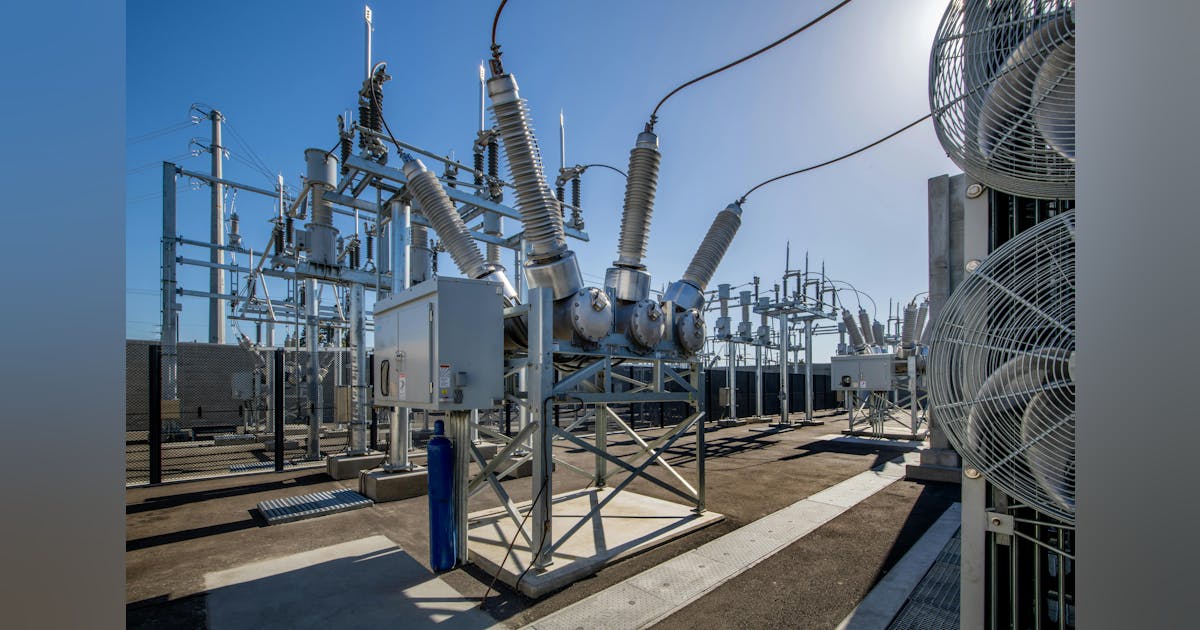
The energy industry is undergoing rapid and profound change. The rise of AI-driven data centers, the acceleration of the energy transition, and the growing frequency of external risks are reshaping the energy landscape faster than ever before.
At the same time, customers, employees, and stakeholders expect more—greater transparency, better experiences, and faster innovation. This comes at a time when utilities remain under pressure to keep services affordable, satisfy regulators, and overcome workforce challenges.
Meeting these demands requires more than incremental improvements. Digital transformation is not just about new tools or technologies; it’s about rethinking the entire digital operating model.
By embedding digital into the core of strategy, operations, and culture, utilities can build the adaptability, efficiency, and resilience needed to thrive in this new environment. The digital operating model provides the blueprint for this transformation.
Meeting customer and employee expectations
One of the most pressing challenges facing utilities is meeting rising expectations from both customers and employees. Customers want digital interactions that are as seamless and intuitive as the experiences they have with retailers or banks. Employees, for their part, expect modern tools that help them do their jobs more effectively and without frustration.
To achieve this, utilities must start designing technology with people at the center. Human-centered design ensures that digital tools are intuitive, practical, and widely adopted, rather than sitting unused because they were built for systems instead of end-users. But it’s not only about design; it’s also about delivery. Many utilities are still encumbered by slow-moving processes.
Embracing agile ways of working at scale can help teams deliver more quickly and adapt when circumstances change. Just as important, shifting away from inflexible, monolithic systems toward composable platforms allows organizations to innovate rapidly and bring new capabilities online without waiting for massive, multi-year overhauls.
What this means for your utility: People-centric delivery drives technology adoption, which fuels value realization. By prioritizing the needs of both customers and employees, utilities can create experiences that build trust, improve satisfaction, and enhance productivity. This approach not only accelerates the adoption of new tools but also ensures that investments in technology deliver measurable and sustainable outcomes.
Addressing customer affordability and regulatory challenges
Even as expectations increase, utilities must carefully manage the tension between affordability and regulatory oversight. Every digital investment must be justified and shown to create value not only for customers but also for regulators who control the pace of change. This means utilities shifting the focus from activity to outcomes. Establishing clear value realization practices ensures that business cases stand up to scrutiny and that benefits are tracked, measured, and communicated.
At the same time, proactive storytelling is essential. Regulators are more likely to support transformation efforts when they understand the tangible benefits for customers, whether that means improved reliability, faster service, or more affordable energy. Data-driven storytelling allows utilities to articulate these benefits clearly and consistently. Beyond communication, utilities also need to anticipate regulatory changes before they occur.
Advanced analytics and AI can provide foresight into potential policy shifts, allowing organizations to adjust their strategies ahead of time rather than scrambling to react. And when it comes to technology infrastructure, moving away from a “cloud-first” mindset toward a “cloud-smart” approach enables utilities to balance innovation with cost efficiency by leveraging practices like Cloud FinOps to keep costs transparent and predictable.
What this means for your utility: Customer affordability will continue to be a focus for Regulators. Defining and articulating how technology can optimize cost structure while also improving operational excellence and creating customer value is critical. By combining clear value realization practices with proactive, data-driven storytelling, utilities can build stronger regulatory support for transformation initiatives.
Accelerating digital delivery with a robust foundation
No matter how compelling the vision for transformation may be, it will falter without a solid digital foundation. Many utilities have attempted piecemeal approaches in the past, only to encounter rising complexity and limited impact. What’s required now is a robust backbone that allows digital delivery to scale with speed, security, and resilience.
At the heart of this foundation is data. A strong data backbone makes it possible to govern and manage information effectively, while also unlocking insights that drive decision-making. This becomes particularly important in the context of grid modernization. Utilities building the grid of the future must process vast amounts of data to ensure safety, reliability, and seamless integration of renewable energy sources. Modernized platforms that are composable and flexible provide the agility to adapt quickly, while automation and AI bring continuous optimization—ensuring that innovation isn’t a one-off but becomes a sustained part of the organization’s DNA.
What this means for your utility: A balanced technology investment portfolio is necessary. You cannot build digital value on a rocky foundation. Establishing a strong digital backbone powered by modernized, flexible platforms and robust data management is critical to scaling innovation. By prioritizing agility, automation, and continuous optimization, utilities can not only address immediate challenges like grid modernization but also create a lasting framework for sustained transformation and long-term success.
Overcoming talent gaps
The utility industry is feeling the strain of an aging workforce and a competitive labor market, making it harder to attract and retain the skills needed for the future. AI offers a path forward by augmenting the workforce, automating routine tasks, and freeing up employees to focus on higher-value work.
Rather than relying heavily on offshore talent, utilities can use AI-driven productivity gains to bridge capability gaps and improve efficiency at scale. But technology alone isn’t the answer—lasting change comes from empowering people. Upskilling programs and thoughtful organizational design are critical to ensure internal teams can manage and evolve digital platforms directly. By investing in workforce resilience, utilities reduce dependency on third-party vendors and build stronger, more adaptable organizations that can keep pace with change.
What this means for your utility: Talent shortages are growing each year, and traditional talent retention and acquisition strategies will continue to fall short. Organizations must re-think their internal team structure and strategic partnerships—leveraging AI as talent enabler. By combining AI with targeted upskilling efforts, utilities can create a future-ready workforce that is equipped to drive innovation and adapt to evolving industry demands.
Climate resilience challenges
At the same time, utilities must strengthen their defenses against the growing threat of climate change. Extreme weather events are becoming more frequent and more disruptive, testing the limits of aging infrastructure. To meet this challenge, utilities need systems that are not only reliable but also designed to withstand unpredictable shocks. This requires building resilience into every layer of the grid, supported by robust data and digital capabilities.
Cybersecurity is equally important, as physical risks increasingly converge with digital ones. Implementing Zero Trust principles ensure systems remain secure and operational even under stress. By investing in resilience now, utilities position themselves to safeguard communities, maintain reliability, and reinforce trust in their ability to deliver power no matter the circumstances.
What this means for your utility: A mindset shift of architecting resiliency and security into all levels of your technology stack will be necessary as storms continue to become more frequent and powerful – and cyber-attacks become more sophisticated and damaging. Proactively addressing these challenges will not only protect critical infrastructure but also strengthen customer and stakeholder confidence in your ability to deliver reliable service under any conditions.
The path forward
Transitioning to a digital utility is no longer optional; it is essential for navigating challenges and creating lasting value. The forces reshaping the industry are moving too quickly for reactive approaches to suffice. Utilities that hesitate risk falling behind, while those that act decisively have an opportunity to lead.
By rethinking your digital operating model, utilities can align with customer expectations, manage affordability and regulatory pressures, build a robust foundation for innovation, and create resilience against both workforce and climate challenges.
This is a moment for the industry to act boldly. Those who embrace holistic digital transformation will not only keep pace with change, but they will also set the pace, delivering lasting value to customers, employees, regulators, and communities alike.























